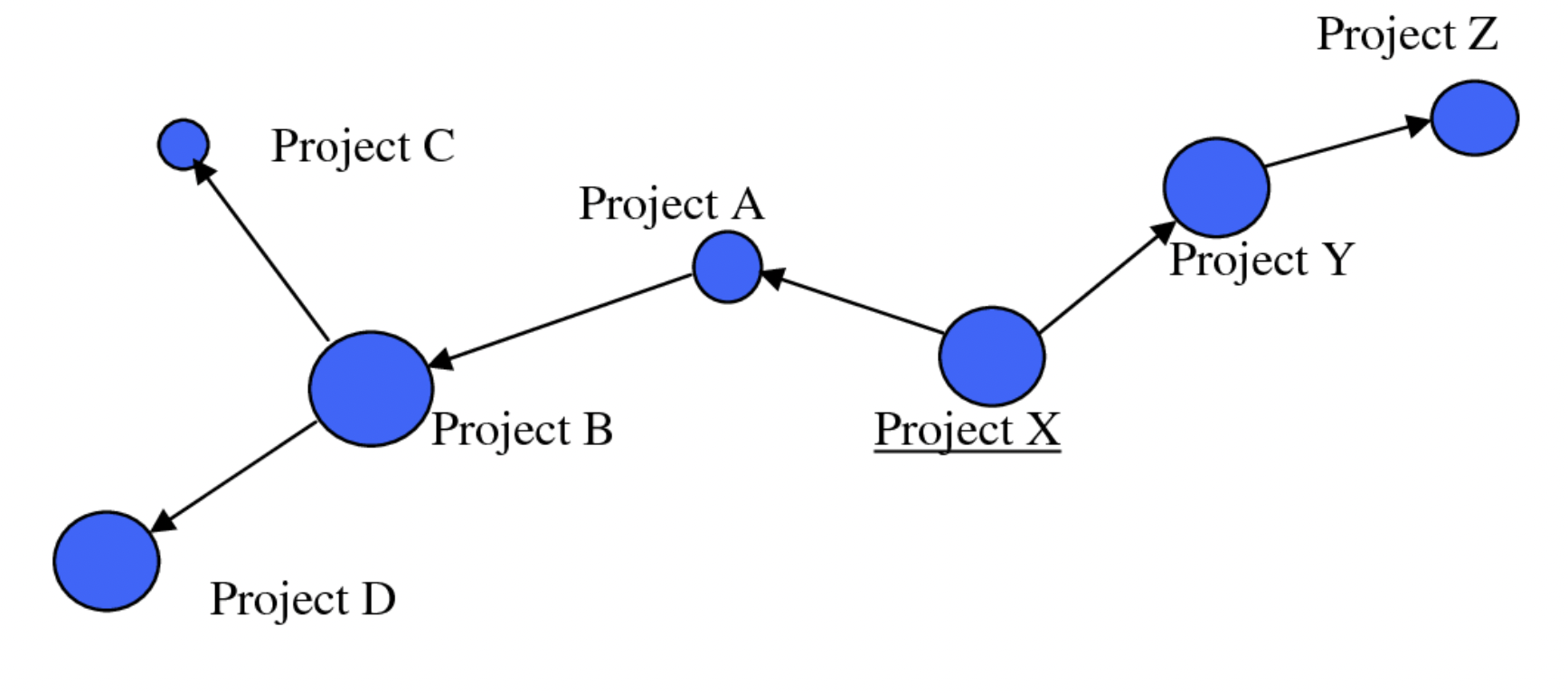|
The Empire State Building was built in just 410 days. Disneyland was brought to life in 366 days. The Javascript language was prototyped in 10 days, and launched 4 months later.
How were these and other major feats accomplished so quickly? And what lessons do they hold for managers looking to deliver fast today?
0 Comments
You can't be a PM or business owner without a deep understanding of machine learning: establishing the business value and then rallying a team to deliver to that value without falling into the many unique pitfalls of ML programs. Here is a "cheat sheet" compilation of how to deliver machine learning products and programs, highlighting practical tips from someone who's been on the journey.
Popularized by Amazon, a Single-Threaded Owner (STO) is a leader who is 100% dedicated and accountable to a new initiative such as inventing a new product, launching a new line of business, or executing a digital transformation. The Single-Threaded Owner is responsible for turning strategy into real results.
After running programs using Scrum methodology since 2005, I thought I knew a lot about Scrum. Until I finally did a Scrum Alliance course and learned that there are many misconceptions that 99% of the world does not get right about Scrum. Here's my top 12 list of surprising Scrum facts.
Enterprise IT leaders are migrating existing software applications to the cloud. There are benefits to moving to the cloud, but many risks in getting it done right, in a way that doesn't interrupt business operations or introduce regression in functionality.
Below is a guide for projects managers and product owners for structuring cloud onboarding projects. A Program Manager is responsible for managing multiple interrelated projects and ensuring that - taken together - they produce specific business outcomes and benefits for an organization.
The title "Program Manager" is not very common. Organizations have Project Managers, Product Managers, General Managers. But "Program Manager" is rare. This is because often executives and middle managers play the role of Program Manager even if they don't have the title. AI/ML has the potential to deliver incredible value to customers. A single breakthrough can make a product company's growth soar. A fine-tuned model can completely transform an enterprise's operations.
The mechanics of delivering such a program are very similar to traditional projects on the face of it, so it is tempting to think of the implementation as being the easy part. But because of the non-deterministic nature of AI/ML, all the pitfalls of ordinary software development programs - misaligned objectives, underestimation, lack of process, skimping on QA, ignoring risks, etc. - are amplified x10. To deliver successfully, you need to ratchet up the program diligence. Studying for the PMI-ACP agile PMP exam? For this test you not only have to understand and have lived agile processes, you have to remember a lot of terms: names of techniques, collaboration games, lists of principles, etc. Here is a cheat sheet to review before the exam, to help answer all the trick questions.
I've also included a comprehensive inventory of free PMI-ACP online tests, over 1,400 questions in total. With a cost of ~$400 for this test, it is definitely worth going through all the free mock exam material to make sure you are thoroughly ready. Good luck!  From research and prototyping to commercial development, AI/ML requires making decisions and trade-off's. This is where the PM needs to provide loads of context to the R&D team: what are the customer problem(s) are that we are trying to solve? What parameters and trade-off's would be acceptable to a customer? Have we considered the cost trade-offs of operating in practice? As a CIO, if your enterprise relies on solutions that look like something out of the 1990s, it's often because that's exactly what they are. These applications - ERPs and home-grown core operations systems met an immediate business need at the time, then layer upon layer was built on top and entrenched into the foundational processes of the business. Now you are at a catch-22: pressure to modernize to meet the growing digital needs of the enterprise, while at the same time not risking the legacy software that is vital to day-to-day operations.
How do you prioritize legacy transformation as part of a digital transformation roadmap? How to Deliver Fast wtih a Large Team of UX Designers, Data Scientists, Software Developers and QA2/20/2019 One of the biggest challenges of modern software creation is having multiple team members — product managers, UX designers, data scientists, software developers, QA — working in parallel rather than sequentially. The world would be a much simpler place if the Product Manager completed a detailed requirements definition, then handed it off to data scientists who prototyped and refined their algorithms, then handed off to UX designers to create the full design, who then handed it off to development to build, who then handed off to QA for testing.
Unfortunately this is not the world we live in. Every software initiative is a race to getting value into the hands of users, and building sequentially is not an option. Moreover, teams are continually learning and need the ability to iterate. Product managers keep getting fresh market intel that needs to be injected into the product, data scientists keep making breakthroughs in the predictive algorithm’s accuracy, designers keep refining based on user feedback. The name of the game is agile, iterative, and mass parallelization of teams. But how do leaders run all of these very different teams that depend on each other in parallel, and still deliver to market fast? If you are interviewing a vendor or issuing an RFP to develop custom software for the Enterprise, there are numerous program, training, support, architecture, and security requirements that any Enterprise-grade system should have. Here is a checklist of questions to probe any vendor about the maturity of their enterprise software development approach end-to-end.
Late projects: it’s a PM's worst nightmare, yet for many it’s a way of life. The development team started a new initiative and committed to (or were forced into) a deadline. Now the project is running way behind. How did we get here? More importantly, how do we fix it?
As a CIO, if your enterprise relies on solutions that look like something out of the 1990s, it's often because that's exactly what they are. These applications - ERPs and home-grown core operations systems met an immediate business need at the time, then layer upon layer was built on top and entrenched into the foundational processes of the business. Now you are at a catch-22: pressure to modernize to meet the growing digital needs of the enterprise, while at the same time not risking the legacy software that is vital to day-to-day operations.
How do you prioritize legacy transformation as part of a digital transformation roadmap? |












